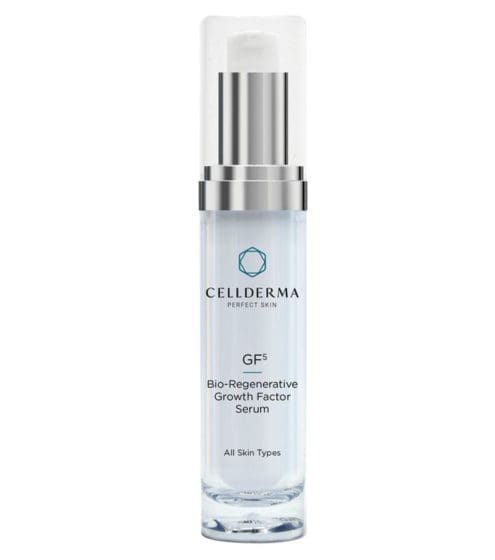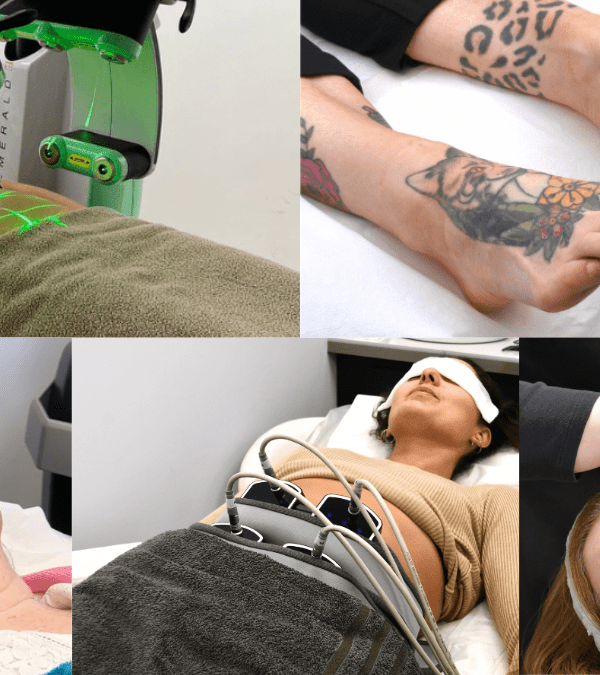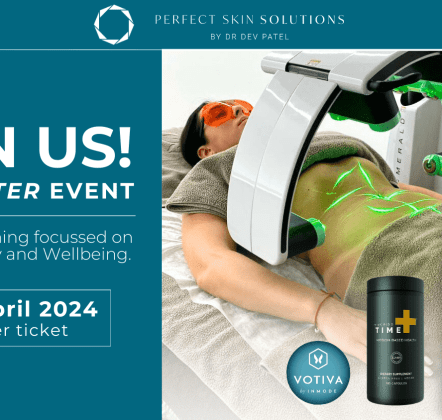Who doesn’t look forward to the summer and hold the hope of at least a few weeks of sunshine?
Our moods certainly improve and quality of life in general, seems to be better. What I aim to do here is highlight a few key health issues regarding the sun and your skin. It is then up to you how you balance this with the positives, being out in the sun brings. I strongly believe that living life to the full is about minimising risk within the boundaries of day-to-day practicality and personal reason. Effective skincare and protection measures, along with a practical skin monitoring regime (looking for suspicious moles), will allow you to minimise sun damage to your skin.
May I also urge you to read the FAQ section on our Cosmeceuticals page, where amongst other things, I aim to clear some of the confusion around sunscreens.

Small title option
How does the sun harm my skin?

Does your sunscreen deliver the correct SPF protection?

Did you know? Recent studies have been revealed by Watchdog that more than two leading sun creams are failing to deliver the SPF claimed on their packaging:
- 13 sun creams were tested with a claimed SPF of 30 from popular brands including Nivea and Piz Buin, as well as own-brand products from supermarkets including Asda, Morrisons, Sainsbury’s and Tesco. Both Boots Soltan Protect & Moisturise Lotion SPF30 and Hawaiian Tropic Silk Hydration Lotion SPF30 twice failed the SPF tests, offering just two-thirds of the SPF they had claimed.
- Another key point is that most brands use ONLY chemical filters eg oxybenzone. Chemical sunscreens – typically found in over-the-counter (OTC) products, including many of the pricey ones – use UV radiation from the sun to activate. This is why you will often read advice on the back of the bottle, advising that you to apply 30 minutes before sun exposure. Furthermore, the way chemical sunscreens block UV radiation, produces inflammation within the skin. The latter, combined with the oils in these products, can lead to spots which can persist for many weeks. Most people who suffer from this, blame these spots purely on the sun but the main culprit is the chemical sunscreen they have been applying. Mineral-based sunscreens (commonly Zinc Oxide or Titanium Dioxide) are what you should be using. Typically these can go on skin making it quite pale or grey but we have formulations especially chosen for their longer-lasting effectiveness and cosmetic acceptability. Visit our Cosmeceuticals page for more information.
 Close
Close
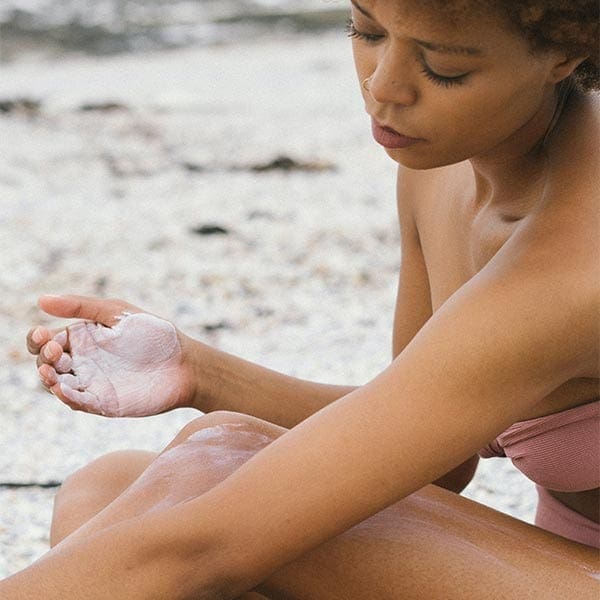
But it's not even sunny outside?


The most common misconception about sunscreen is that it should only be used when in the sun. This is not true.
Up to 40 percent of the sun’s ultraviolet radiation reaches the earth on a completely cloudy day. UV damage including ageing, is occurring in any environment you are in which is not pitch dark!
Anyone over the age of six months should use a sunscreen daily. Even those who work inside are exposed to ultraviolet radiation for brief periods throughout the day, especially if they work near windows, which generally filter out UVB but not UVA rays.
 Close
Close
My sun damage is permanent, isn’t it?

For years, we have had effective options to help reduce and correct sun damage such as Chemical Peels and Laser Resurfacing.
In 2020, we are fortunate to have access to technology that has revolutionised how we manage sun damage, with our favourite being the amazing Lumecca. For lighter to medium skin tones, this can literally take away 5 or 10 years of sun damage in a single treatment. The main side effect reported is glowing, radiant and refreshed skin, with a bunch of compliments from friends and family thrown in!
 Close
Close

Skin Cancer


There are two types of skin cancer: malignant melanoma (MM), which is less common but more serious; and non-melanoma skin cancer, which is very common but not so serious.
- In 2011, over 13,ooo people were diagnosed with MM in the UK; that’s 37 every day – more than 2 of these are aged 15-34.
- The most common site for men to develop MM is on the back or chest; for women it is the legs.
- There are two main subtypes of non-melanoma skin cancer: basal cell carcinoma (BCC) and squamous cell carcinoma (SCC). There are also a number of much rarer non-melanoma skin cancer subtypes. Many can be skin coloured and appear fairly harmless, leading to delays in seeing a doctor.
Risk Factors:
- Sun exposure is the main cause of malignant melanoma and non-melanoma skin cancers.
- People with light eyes or hair, who sunburn easily or do not tan have an increased risk of skin cancer.
- Those with a lot of moles, unusually shaped or large moles, or a lot of freckles have a higher risk of malignant melanoma.
- A history of sunburn doubles the risk of malignant melanoma and also increases the risk of non-melanoma skin cancer.
- Use of sunbeds significantly increases the risk of skin cancer.
- People with a previous malignant melanoma or non-melanoma skin cancer have a much higher risk of developing a second one.
- Having a close relative diagnosed with skin cancer have a higher risk of developing it themselves.
- Those with certain medical conditions or using certain medications have increased risks of some skin cancer types.
 Close
Close
Skin Cancer
How To Identify Skin Cancer?

There are certain tools or checklists used to identify suspicious moles, however the best rule in practice is to see your GP if:
- You notice any new moles which do not disappear within 4-6 weeks.
- You notice any changes in pre-existing moles.
Any asymmetrical mole needs particular attention. One method of deciding this, is to imagine the mole is cut into 4 equal pieces. If the pieces do not look like they belong to the same mole, this is a reflection of asymmetry.
Prevention
- Seek the shade, especially between 11 AM and 3 PM.
- Do not allow yourself to burn.
- Avoid tanning especially in UV tanning booths.
- Cover up with clothing, including a hat and UV-blocking sunglasses.
- Use a broad spectrum (UVA/UVB) sunscreen with an SPF of 15 or higher every day. This must contain at least 4% Zinc Oxide or Titanium Dioxide (if % not listed, do not buy). For extended outdoor activity, use a water-resistant, broad spectrum (UVA/UVB) sunscreen with an SPF of 30 or higher.
- Apply sunscreen to your entire body (or at least exposed areas) and reapply every two hours or immediately after swimming or excessive sweating.
- Keep newborns out of the sun. Sunscreens should be used on babies over the age of six months.
- Examine your skin head-to-toe every month. Serial photographs can help you notice new moles.
 Close
Close



















